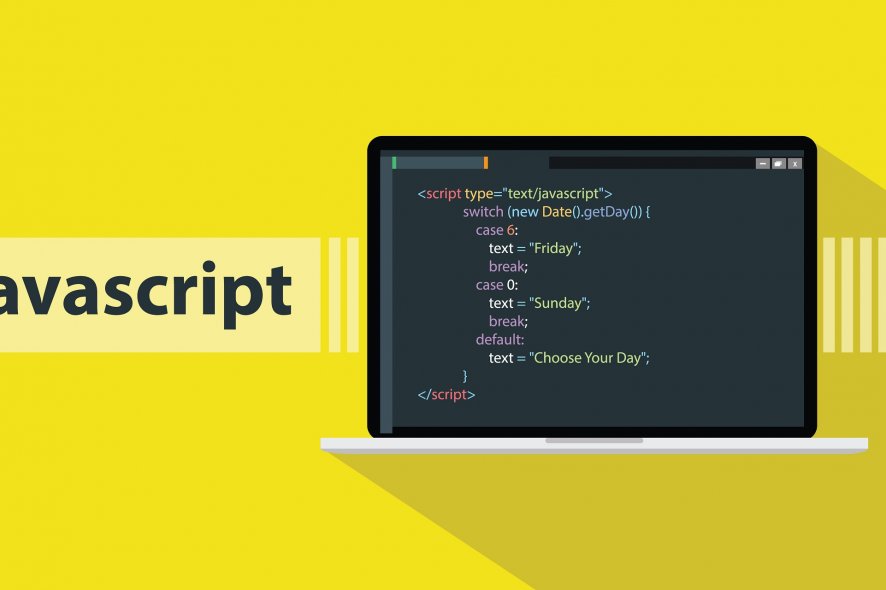

Java 8 HashMaps can perform 3x slower than previous versions! Using reflection we show why that is. This shows us essential data about the effects of the new hash function. Debuggers hide the gory details of a HashMap from our prying eyes, so we use reflection to output the contents of the array of buckets.
JAVA REFLECTION PERFORMANCE ISSUES CODE
Most code-level issues are due to bugs in the code constructs, such as long waits, poor iteration, inefficient code algorithms, bad choice of data structures, etc. A Comprehensive Introduction to Java Virtual Machine (JVM) This is another excellent course to learn about JVM internals like Class Loading, Reflection, Garbage Collection, Heap, Stack, and. Our second example is a look at the new Java 8 hash function inside HashMap. 7 Java Code-Level Issues The DZone performance monitoring survey referenced earlier cites code-level problem as the top cause of application performance issues.

We discover a typical bad coding paradigm and use Java reflection to test whether this bottleneck could be eliminated with a better hashing mechanism. In our first example, we profile an open source tool that exhibited CPU bound performance issues. In our first example, we profile an open source tool that exhibited CPU bound performance issues. We check if the profiler has found the mother lode by looking at the objects with reflection. Great, but how can we use this practically in the "real world"? In this talk, we start by showing how we find performance bottlenecks in Java using a profiler. Even with the aforementioned there's still enough randomness to a microbenchmark that code generation comes out on top of direct instantiation – in reality there's zero difference.Java reflection allows us to peek inside objects that we don't know, find their classes and then call methods and set fields.

JAVA REFLECTION PERFORMANCE ISSUES FREE
Given the above, javac is free to do as it pleases, provided that input complies with the JLS. Future versions of a Java Virtual Machine implementation may be required to perform some or all of these checks during loading or linking. Instead, these checks are deferred until the signatures are used by reflective methods, as specified in the API of Class and members of. Oracle's Java Virtual Machine implementation does not check the well-formedness of the signatures described in this subsection during loading or linking. The JVM doesn't use this information, and as noted in the last paragraph: The performance issues stem from looking and scanning for the classpath to load the class, which. Section 4.3.4 discusses signatures and the class file format for encoding information on generic and parameterized types. It is well documented that when Reflection is used a lot, it can cause performance issues. However, the Java 7 VM Spec (JVMS) contains no such restriction. This code looks strange - two methods with the same signature and different return types, as writing a class with such method declarations is illegal under the Java 7 Language Specification (JLS). Public class WidgetMessageFactory implements Factory


 0 kommentar(er)
0 kommentar(er)
